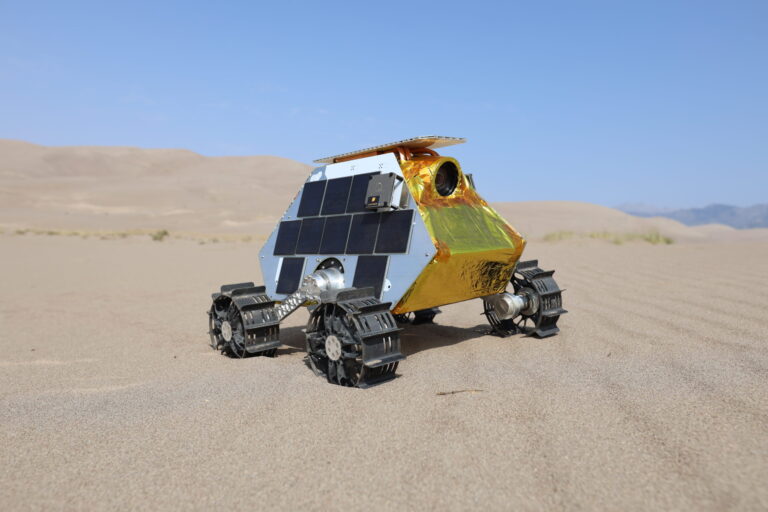[ad_1]
Area has lengthy been recognized to comprise huge mineral assets however exploiting them has all the time been the stuff of science fiction. Current advances in expertise and shifting priorities could lastly be about to create space mining a actuality. A number of nations and personal firms have introduced they intend to start extracting assets from the moon inside the subsequent few years, and NASA has already signed a contract for a non-public firm to return lunar minerals to Earth: the primary house mining operation. Prepare for house race 2.0.
The Daybreak of Area Mining
In 2020 NASA signed a contract for Lunar Outpost to assemble samples of lunar regolith (grime) as a part of NASA’s Artemis program. These samples, weighing solely about 100 grams, will enable NASA to check the properties of lunar regolith in order to raised plan future missions. For offering this revolutionary service, NASA can pay Lunar Outpost the staggering sum of…a single token greenback. Lunar Outpost’s actual incentive for this mission is proving its’ expertise and boosting its’ public picture.
It is a very modest starting for lunar mining, however larger issues could also be simply across the nook. The Artemis program goals to determine a everlasting outpost on the moon by the tip of the last decade. Sending provides from Earth is extraordinarily costly and logistically advanced, so lunar assets will provide as a lot of the bottom’s wants as potential: the primary inhabitants of the moon may even be its’ first miners.
Within the brief time period, the main focus of house mining shall be on offering the uncooked supplies for the shelter, air, water, and gasoline which can hold astronauts alive, fairly than exporting supplies to Earth. Potentialities embrace fusing lunar regolith into bricks for building, extracting ice from deep underground or in deep, completely shaded craters for water, and breaking down ice and different minerals in regolith for oxygen, carbon, and hydrogen. This mining is predicted to be carried out by privately constructed and operated autonomous rovers, which can extract 100 000’s of Kg of water-ice per 12 months to assist NASA’s scientific operations. This expertise may even be important for deliberate future manned missions to Mars.
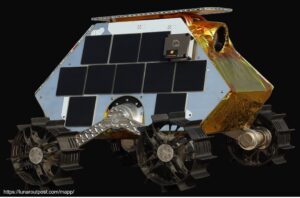
To not be outdone, Russia and China are reportedly partnering to construct their very own robotic lunar base by 2036. Publicly out there plans are skinny on particulars, however the undertaking will virtually actually contain some kind of lunar mining.
Lunar Legislation
The Outer Area Treaty, the closest factor to legislation on the moon and past, states that celestial our bodies “shall be free for exploration and use.” Precisely what meaning is open to interpretation, however the de facto consensus is that house assets don’t belong to anybody till they’re extracted, making them basically free for the taking, though the land itself can’t be owned. Past this, there may be little or no legislation governing house mining. Within the brief time period this isn’t more likely to be an issue as for-profit house mines are nonetheless a methods off. For now Lunar Outpost and different potential lunar miners similar to Astrobotic and ispace purpose to earn money by promoting house on their rovers to different firms trying to conduct their very own space-based analysis.
A transparent regulatory framework shall be crucial in the long run. The US is selling its’ Artemis Accords, which might see international locations comply with share knowledge, protect historic touchdown websites, and work collectively in emergency conditions, nevertheless it’s unclear if international locations similar to Russia and China can be prepared to signal.
Some have additionally raised considerations about air pollution. Though house is, so far as we all know, a dull empty expanse, mining wastes might nonetheless contaminate websites of scientific curiosity, or fill orbits with hazardous particles. In any occasion, enforcement of house legislation is more likely to be very troublesome; some extent of a ‘wild west’ part could also be unavoidable.
What’s Actually up There?
As house infrastructure and funding grows it appears inevitable that house mining will develop into extra superior, and somebody begins extracting house assets on a bigger scale. The moon is the apparent place to begin: it’s massive, shut, and briming with a uncommon useful resource which may be the facility supply of the long run.
Helium-3 is a particularly uncommon isotope (kind) of helium which has one much less neutron than common helium and would make a wonderful gasoline for a fusion reactor. Neutrons are an uncharged particle, which, along with positively charged protons and negatively charged electrons, make up atoms. Helium-3 is vanishingly uncommon on Earth as a result of most of our helium comes from the radioactive decay of uranium and thorium, a course of which emits a number of atoms of normal previous helium however no helium-3. The lunar regolith, nevertheless, is extremely enriched (~20-30 parts-per-billion) in helium-3 as a consequence of billions of years of bombardment by cosmic radiation. Fusion energy guarantees limitless clear electrical energy, nevertheless it has additionally famously been 30 years away for 30 years; barring any spectacular breakthroughs, lunar helium mines aren’t more likely to depart the drafting board anytime quickly.
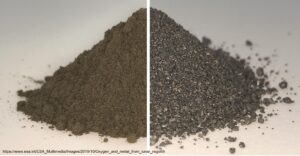
Apart from He-3 and water-ice, it’s unclear what, if any, economically viable assets could exist on the moon. A lot of the course of that create ore deposits on Earth involve liquid water and/or plate tectonics, two issues that don’t exist on the moon. Some purely magmatic deposits, similar to magmatic nickel-copper-PGE or anorthosite titanium-vanadium, might maybe kind on the moon, however important ingredient deposits similar to lithium pegmatites and REE carbonatites require magmas wealthy in water and different unstable parts, and are unlikely to exist on the moon. Total, the moon is regarded as a lot poorer in metals than the Earth.
Then once more, maybe different variables, similar to low lunar gravity, frequent micro-meteorite impacts, and lack of abrasion and weathering, have created completely new deposit sorts we haven’t imagined but. We gained’t know for positive till we do much more exploring.
The resource situation for Mars is probably going just like the moon, though the Martian ambiance is probably going too thick for cosmic rays to kind He-3. Venus is regarded as tectonically active, and Mercury’s excessive density suggests it might be metal-rich, however the hostile situations (crushing atmospheric strain, acid rain, and temperatures excessive sufficient to soften lead on Venus, and daytime temperatures over 400° C on Mercury) make mining these planets an especially formidable challenge. Mining He-3 from the ambiance of Jupiter has additionally been proposed.
Within the long-term, asteroids will probably be the situation of selection for house miners. Not all asteroids are created equal, most are nugatory rocks, however just a few, the M-type asteroids, might be probably the most priceless objects within the photo voltaic system. M-types are composed virtually completely of an iron-nickel alloy and are regarded as fragments of the metallic cores of planets ripped aside by large impacts in the course of the chaotic and violent days of the early photo voltaic system.
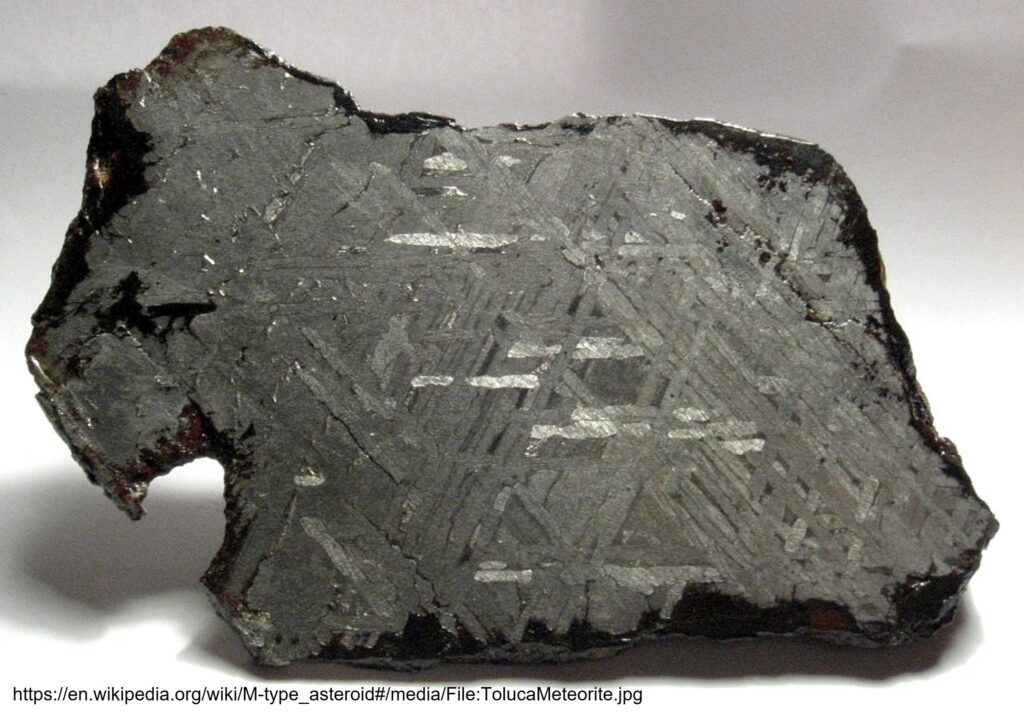
Planetary cores are very environment friendly at gobbling up and trapping metals, particularly dense ones similar to gold and PGEs: 99% of Earth’s gold is estimated to be trapped within the core. Research counsel that even a small M-type might comprise extra iron, nickel, and cobalt than all of Earth’s reserves, with massive quantities of valuable metals probably current as nicely. The most important recognized M-type, 16-Psyche, is over 220 km in diameter, with a mass of about 25 000 trillion tonnes. A NASA mission to discover 16-Psyche is predicted to launch in late 2023. Exploiting such asteroids might change most terrestrial mining. In the event that they could possibly be mined economically, that’s.
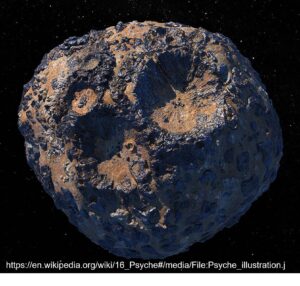
Whereas the worth of the metals in these asteroids is gigantic, the logistical challenges of mining them and transporting steel again to Earth are equally massive. The expertise to undertake such expeditions remains to be in its’ infancy, and the infrastructure required to hold it out would require unsure, however certainly huge, quantities of money and time. Moreover, among the most in-demand parts, similar to lithium and REEs, are extremely unlikely to be current in financial concentrations in asteroids, or wherever else we all know of apart from Earth.
Conclusions
Area mining appears poised to make the leap from science fiction to science truth inside the subsequent few years. Thoughts you, we stated the identical factor about asteroid mining virtually 10 years in the past and nothing ever got here of it. When it does occur, will probably be very small scale and tightly targeted on water and natural compounds wanted to maintain astronauts alive. Bigger-scale operations, principally probably on the moon or M-type asteroids, will take for much longer to develop, and it’s nonetheless too early to say precisely what these operations will appear like. Area legislation doesn’t prohibit mining, however present legal guidelines are in want of main updates to set clear guidelines. Non-public firms will play a big function in house mining from day one; the moon is about to open for enterprise.
Additional Sources
Corporations Talked about
[ad_2]


